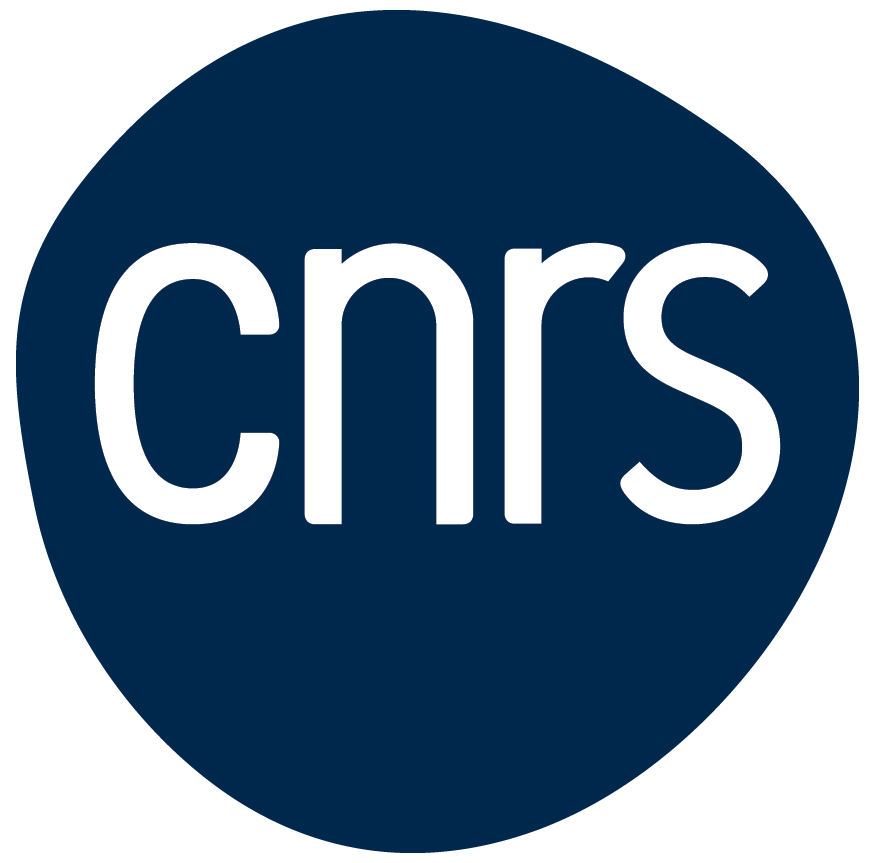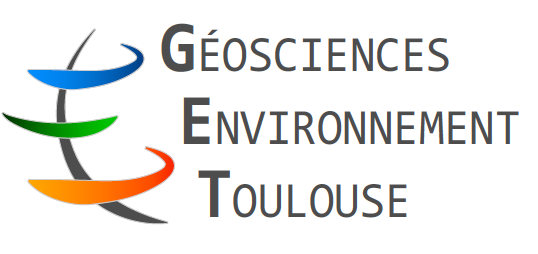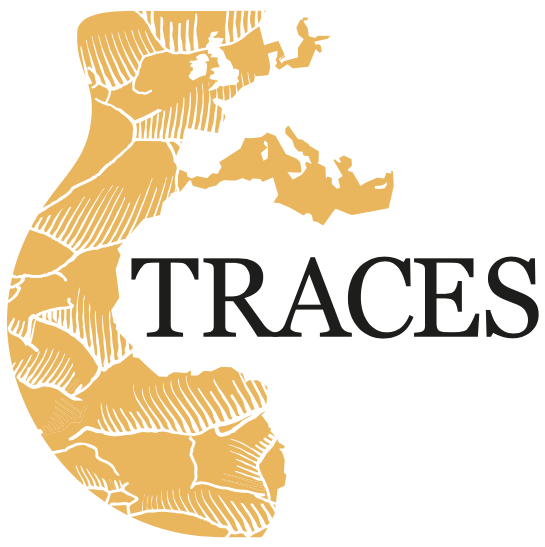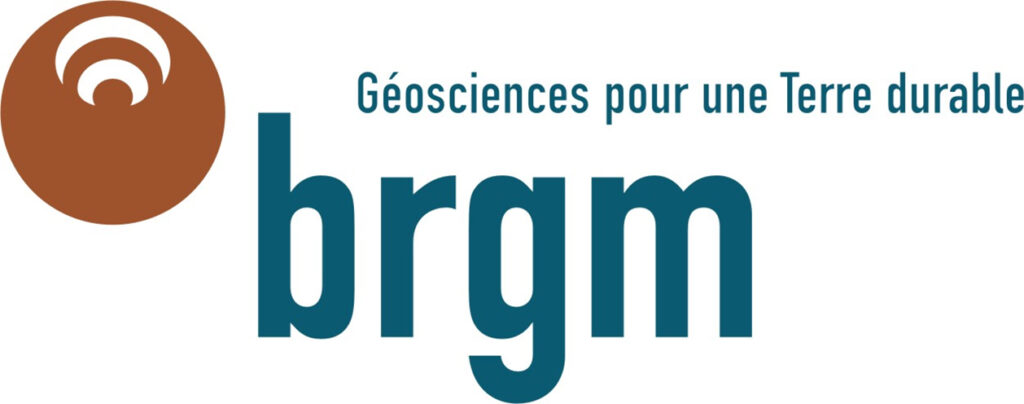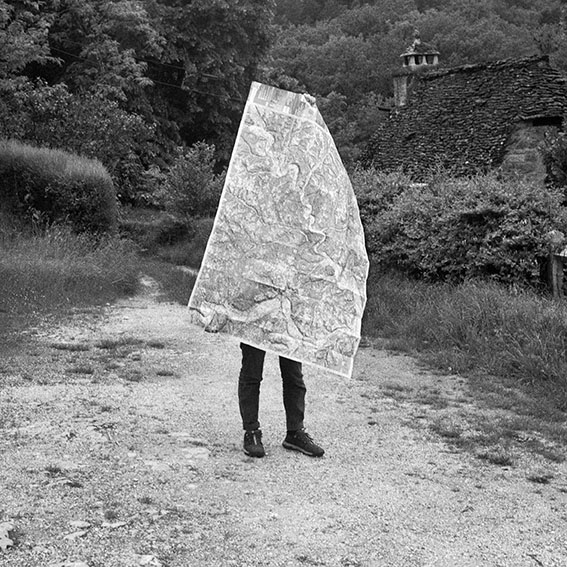GAËLLE DELORT
DEVELOPMENTS
Gaëlle Delort is an artist photographer born in Aurillac in 1988.
She graduated from the École nationale supérieure de la photographie d’Arles in 2022, and that same year took part in the « A particular attention » exhibition at the Rencontres d’Arles. In 2023, her work Karst was presented at the Photosa photography biennial in Ouagadougou (Burkina Faso), and won the Prix Jeune Photographie Occitanie from the ImageSingulières documentary photography centre in Sète (France), as well as individual creative support from the DRAC Occitanie.
Her work is part of a long-term exploration. By collecting the clues that make up the thickness of a place and its landscapes, she seeks to capture the resonances between human and geological temporalities, playing with the depth of the world and the surface of images.
She lives and works in Lozère.
With Developments, Gaëlle Delort continues her photographic exploration of underground environments, working with scientists from the GET (Géosciences Environnement Toulouse) and TRACES (Archaeological Research on Cultures, Spaces and Societies) laboratories, the SETE (Theoretical and Experimental Ecology Station) – CNRS in Moulis and the BRGM (Geological and Mining Research Office) Occitanie.
While photographic development refers to the time taken to reveal the image, in caving the term development is used to designate the known and topographed length of a cavity.
Born in the 19th century, photography and caving share a parallel history. The first photographic images, painstakingly produced in the darkness and humidity of caves, helped to promote this new science of exploration. At the same time, the numerous underground expeditions led to the development of lighting techniques, particularly flash photography. What do we see underground? What shapes do we recognise, and what do those that are still unknown to us have to say?
Through the exploration of a dozen or so natural cavities in the Occitanie region, and thanks to the views and tools of geomorphologists, geologists, hydrogeologists and geoarchaeologists, these images suggest we think of underground environments as infinite laboratories of visions, which continue to reveal the archives of the history of the Earth and its inhabitants.
